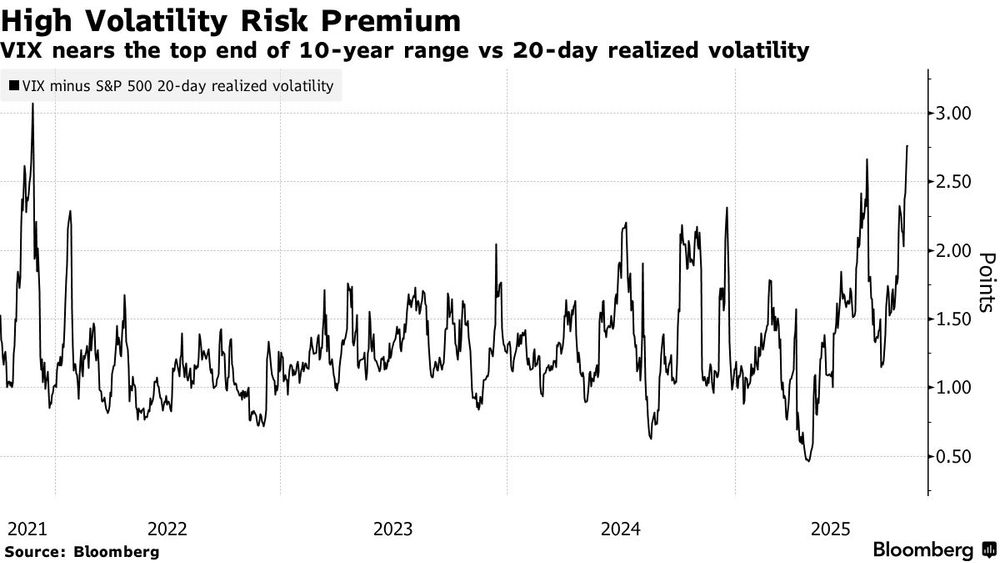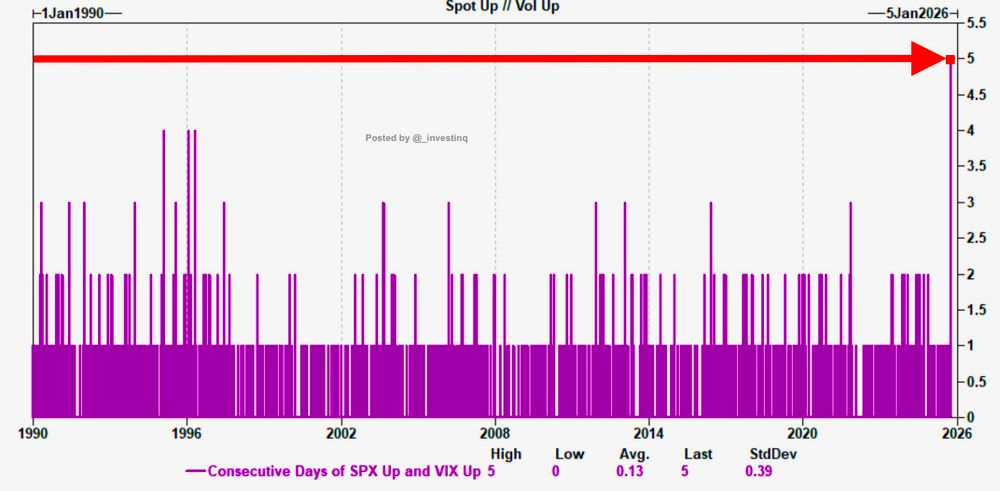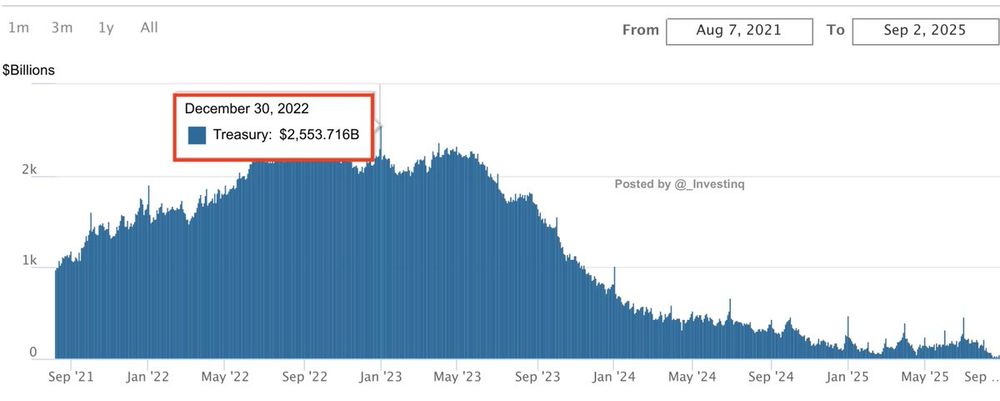StockMarketNews
@investinq.bsky.social
810 followers
10 following
9.1K posts
Covering core socio-economic issues from around the globe — news, trends, and wild swings | Real insight, not fluff.
Daily newsletter: https://thestockmarket.news
Posts
Media
Videos
Starter Packs
Pinned


















